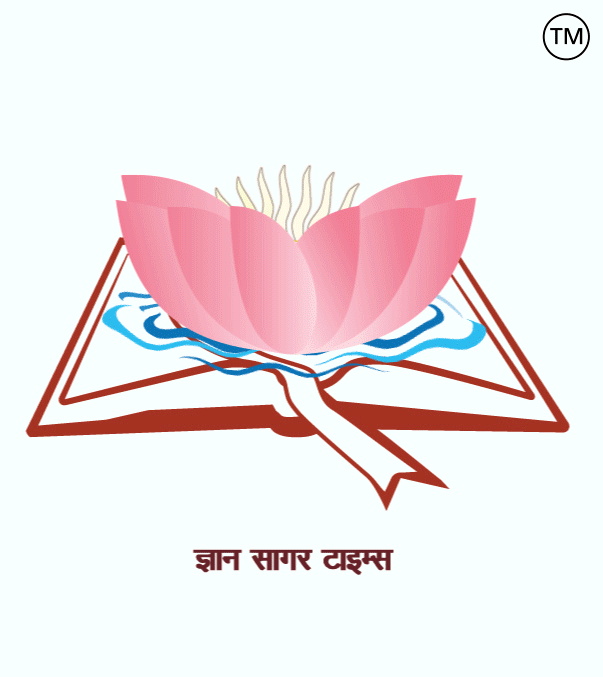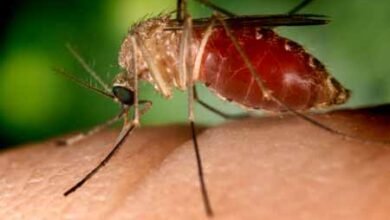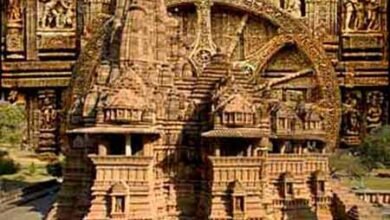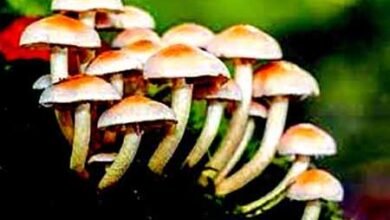
Related to Botany-163.
|
1. By whose presence does the fertility of the land increase? = Blue-green algae (BGA). 2. What is lacking in the cell wall of Archaebacteria? = Muramic acid and peptidoglycan. 3. Who discovered the Protista class? = Ernst Haeckel. 4. Lichens are an indicator of = Air pollution specially SO2 . 5. Names of edible fungi? = Morchella esculenta,Agaricus bisporus, A. campestris. 6. What do algae and fungi make together? = Lichen. 7. What persists with growing leguminous plants in a field? = Soil fertility. 8. What was Copeland to propose? = Four Kingdom system. 9. Classification of plants? = Division, class, order Family, Genus and Species. 10. What is called a stress hormone? = Abscisic acid. 11. Which inspires the senescence of leaves? = Abscisic acid (ABA). 12. Which is used to cook bananas artificially? = Ethylene. 13. Hormone that increases cell division? = Cytokinin. 14. What causes the fungus caused by Bakane disease of paddy? = Gibberella fujikuroi. 15. Which inspires flowering activity in plants due to the influence of temperature and light? = Flowering hormone. 16. Which regulates flowering hormones through the action of light? = Florigen. 17. Which tissue is found under the mint tree, near the node’s base in the grasses? = Intercalary meristem. 18. Three basic tissue systems of flowering plants? = Simple Tissue, Complex tissue & Special Tissue. 19. In the dicot stem, Periderm is formed of? = Phellem (cork), phellogen (cork cambium) & Phelloderm (secondary cortex) the circumcision. 20. Which types of vascular bundles are found in dicot roots? = Radial and Exarch. 21. Tyloses are found in = Secondary xylem. 22. Which causes activation in secondary growth? = Cambium. 23. based on whose number can the age of the plant be ascertained? = Annual ring. 24. As an exception, what is also found in the stems of some monocot plants? = Secondary growth. 25. What is cambium? = Lateral meristematic tissue. Dr. (Pro.) Amrendra Kumar. ============= ============ ========== ===== वनस्पति विज्ञान से संबंधित-163.
1. किसकी उपस्थिति से भूमि की उर्वर शक्ति बढ़ती है? = नीलहरित शैवाल. 2. आर्किजीवाणुओं की कोशिका भित्ति में किसका अभाव होता है? = म्यूरामिक अम्ल व पेप्टाइडोग्लाइकेन. 3. किसने प्रोटिस्टा वर्ग की खोज की थी? = ई.एच. हैकल. 4. लाइकेन किसके संकेतक होते हैं? = वायु प्रदूषण (SO2 ). 5. खाने योग्य कवकों के नाम? = मॉर्केला एस्क्यूलेंटा, ऐगेरिकस बाईस्पोरा, ऐ. केम्पेस्ट्रिस. 6. शैवाल तथा कवक परस्पर मिलकर क्या बनाते है? = लाइकेन. 7. किसी खेत में लेग्यूमिनोसी कुल के पौधों को उगाने से क्या बनी रहती है? = उर्वरता. 8. कोपलेण्ड क्या प्रतिपादित करने वाले थे? = चतुर्जगत पद्धति. 9. पादपों के वर्गिकी समूह? = डिवीजन, वर्ग, गण, कुल, वंश एवं जाति इत्यादि. 10. किसे तनाव हॉर्मोन कहा जाता है? = एब्सिसिक एसिड. 11. पत्तियों की जरावस्था को कौन प्रेरित करता है? = एब्सीसिक एसिड (ABA). 12. केले को कृत्रिम रूप से पकाने के लिये किसका उपयोग किया जाता है? = एथिलीन. 13. कोशिका विभाजन को बढ़ाने वाला हॉर्मोन? = साइटोकाइनिन. 14. धान का बेकेनी रोग किस कवक के कारण होता है? = जिबरेला फ्यूजीकुरोई. 15. ताप एवं प्रकाश के प्रभाव से पादपों में पुष्पन की क्रिया को कौन प्रेरित करता है? = पुष्पन हॉर्मोन. 16. प्रकाश की क्रिया के माध्यम से पुष्पन को कौन हॉर्मोन नियन्त्रित करता है? = फ्लोरिजेन. 17. घासों में पर्व के आधार के पास, पुदीने की पर्वसन्धि के नीचे कौन सा उत्तक पाया जाता है? = अन्तर्विष्ट विभज्योतक (Intercalary meristem). 18. पुष्पीय पौधों के तीन मूलभूत ऊतक तंत्र? = a.साधारण ऊतक, b. जटिल ऊतक c. विशिष्ट ऊतक. 19. द्विबीजपत्री तने में परिचर्म कैसे बनता है? = कागजन, कॉर्क तथा काग मिलकर परिचर्म बनाते हैं. 20. कौन द्विबीजपत्री जड़ में पाये जाने वाले संवहन पूल होते हैं? = रेडियल एक्सॉर्क. 21. टाइलोसेज किसमें पाये जाते हैं? = द्वितीयक जाइलम. 22. किसके कारण द्वितीयक वृद्धि में सक्रियता होती है? =कैम्बियम. 23. किसकी संख्या के आधार पर पौधे की आयु का पता लगाया जा सकता है? = वार्षिक वलय. 24. अपवादस्वरूप कुछ एकबीजपत्री पादपों के तनों में भी कौन-सी वृद्धि पाई जाती है? = द्वितीयक वृद्धि. 25. कैम्बियम क्या है? = पार्श्व विभज्योतक ऊतक. डॉ. (प्रो.) अमरेंद्र कुमार.
|






